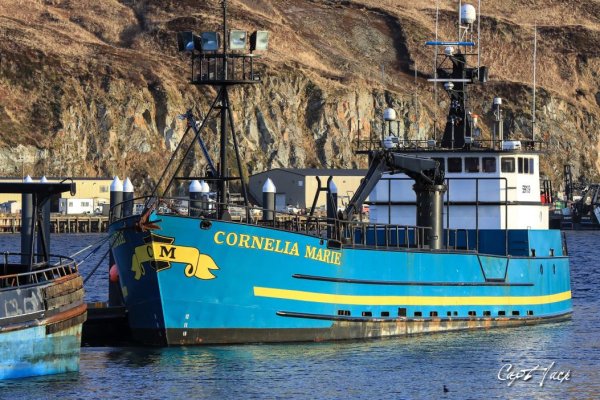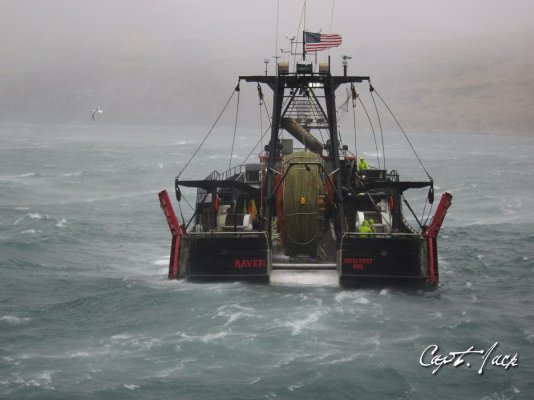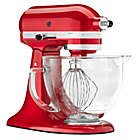trawlercap
Senior Member
- Joined
- Aug 24, 2020
- Messages
- 296
- Location
- USA
- Vessel Name
- JoAhna K
- Vessel Make
- 58' Bill Garden Trawler 1952
House aft (we call them Schooners) are shallower draft and flat bottom for sitting in the mud, smaller rudders and are are twins. Most are around 100' class. The pic is a stretched 100 (now 129') I drove. I spent half the summer on one engine, negotiating tight channels and a mass of sport boats, pretty much sucked.. These boats handle poorly at low speed anyhow. No thruster, underpowered if down to one engine.
These boats handle poorly at low speed anyhow. No thruster, underpowered if down to one engine.

All house forward boats like mine and North Western are single mains. A few added thrusters later, but most are not. Alaska winters can be brutal, this shot is my buddy (single main) departing the dock in +70 its. so I can get in. In the Aleutians, Seafood production does not halt for weather.

All house forward boats like mine and North Western are single mains. A few added thrusters later, but most are not. Alaska winters can be brutal, this shot is my buddy (single main) departing the dock in +70 its. so I can get in. In the Aleutians, Seafood production does not halt for weather.
Attachments
Last edited:



 -- Post #31
-- Post #31
